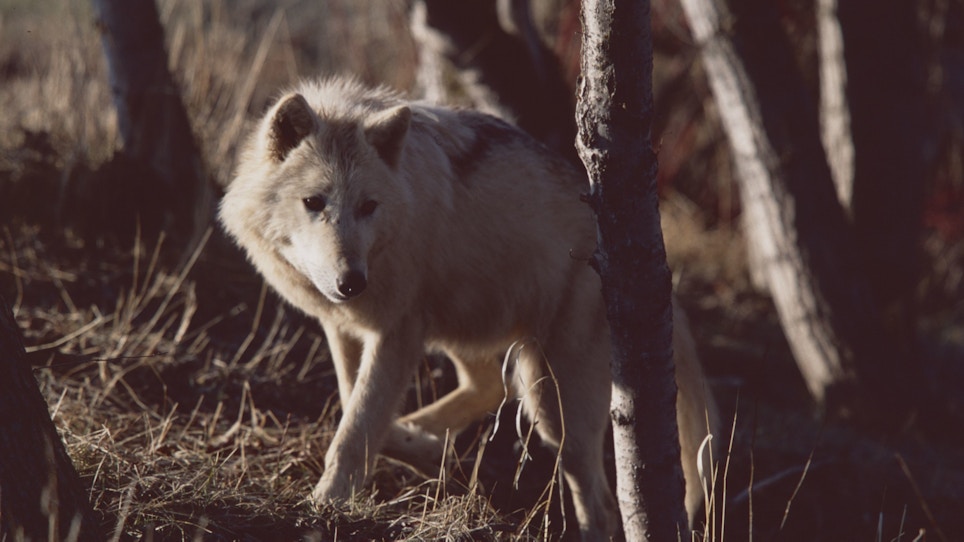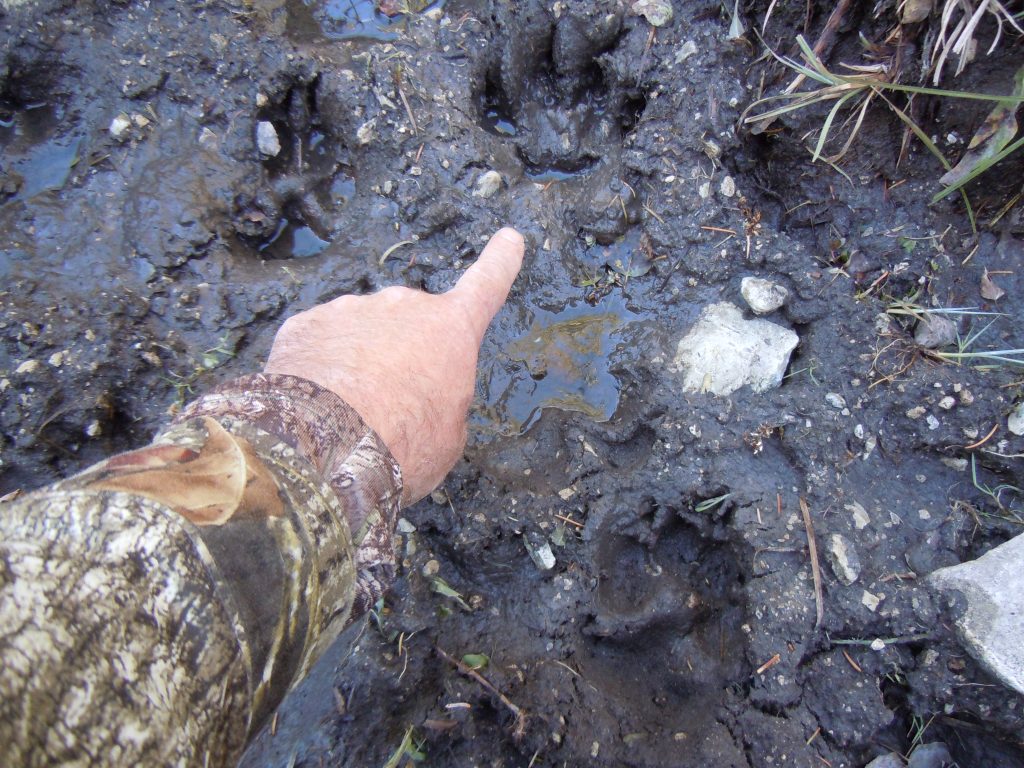Common sense has again prevailed in regards to managing wolves in the West. It’s official. After months of litigation, the Wyoming wolf management plan will be re-instated “as is.” The trophy management area in the northwestern corner of the state is not open for hunting as of yet, but Wyoming defines wolves outside of the management areas as predators. That means they can be shot as reported by the Wyoming Game and Fish Department.
“Wolves outside the Trophy Game Management Area are now considered predatory animals as defined in state law and therefore can be harvested. Any wolf harvested in the predator zone must be checked in to the Game and Fish within 10 days of harvest. Game and Fish does not manage for population viability outside the Trophy Game Management Area as wolves that occur in these areas are much more prone to conflict with humans.”
Related: Two Wolves with One Shot (Video)
With this good news comes another predator hunting opportunity. It might be a good idea to revisit some of the strategies to take one of Mother Nature’s most cunning canines.
HUNT KNOWN TRAVEL CORRIDORS
Patterning a wolf isn’t on the same playing field as patterning big game species. Wolves have territories that span from 150 to more than 800 square miles. A pack may range from 10 to 30 miles per day in search of a diet that requires nearly five pounds of food per day, per animal. When you combine that with a pack size of approximately six to seven animals, you’re looking at nearly 40 pounds of meat per day to sustain the pack. Plus, this time of year pairs are busy feeding pups, which also requires a daily dose of hunting.
Since wolves move with regularity you stand a good chance of bumping into a pack if you place yourself in the right location. Whether it’s big game, livestock, small game or even rodents, wolves will be targeting animals that are easily hunted.
You can confirm such locations through data from fish and game departments, and from documented wolf research. It also pays to research the locations of where wolves and ranchers have been in conflict. Once you pinpoint a travel route, determine the direction of travel, then you need to survey for the best ambush site. Knowing the direction of travel, say from heavy timber to a mountain pasture, allows you to use prevailing winds to blow scent away from approaching wolves. Pick high spots overlooking trails, fence lines and saddles. Now rack a Hornady Precision Hunter Ammunition round and get ready for a long, or short shot.
CALL IN A LONG-LEGGED HUNTER
If you’ve done your scouting homework to locate a wolf hotspot you’re also in a location to call in a wolf. You can confirm this by interviewing locals, firsthand sightings, tracks and rancher verification. Like coyotes, wolves may respond to calls at any time during any season, but rest assured they’ll respond best when their empty tummies growl and they need to keep other family members fed.
Related: A Novice's Guide to Wolf Hunting
Since wolves rarely travel alone, be prepared for more than one animal arriving at your calling site. Hunting with a partner is recommended to assure you cover any backdoor entrances and take advantage of a good thing if multiple wolves show up. Your partner can also guard against a wolf looking at you as “lunch.” Documented wolf attacks are rare, but there’s no reason to become a footnote in a book on animal attacks.
Wolves, like most predators, respond to a variety of prey and are just as likely to respond to a cottontail in distress as a bawling fawn. To pique the interest of a wolf pack lean toward larger prey such as deer, elk and moose in distress. The bawls of livestock shouldn’t be ignored either. Call loudly to cover the long distances of Western terrain and don’t be afraid to call off and on for 45 minutes or longer.
Wolf hunting is truly a unique experience and now that Wyoming is back in the game it gives you one more opportunity to add a prized fur to your trophy predator collection.







